The Future of Swarm Robotics: Applications and Challenges

Swarm robotics was created to study how ants, bees, and birds regulate their behavior in groups and now it is rapidly growing as an exciting area of work. This approach has multiple robots team up to accomplish difficult or impossible tasks by themselves. Traditional robots are controlled by one central system, but swarm robots do not. As a result, each robot acts alone by taking information from its environment and connecting with other nearby robots. The swarm can easily handle multiple situations, thanks to its decentralized way of working and resistance to failure of a single robot. This kind of intelligence allows swarm robotics to be effective in many different fields such as tracking changes in nature, managing disasters, working in farming, and assisting in military missions. Swarm robotics can help solve many tough problems, and as technology gets better, it will get more research attention.
Applications of Swarm Robotics
1. Search & Rescue and Disaster Response
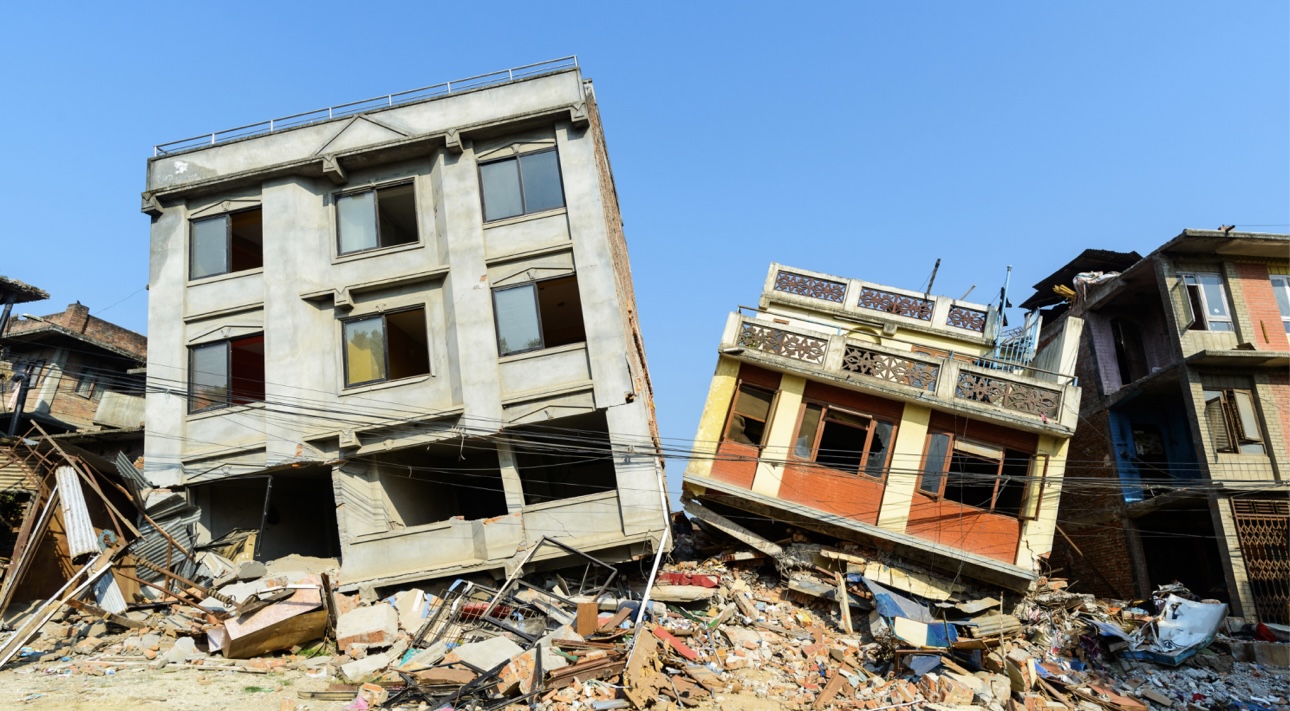
Swarm robotics is set to change the way we handle disasters and look for people in need of help. In the case of earthquakes, floods, or accidental spills, the environment often becomes unpredictable and dangerous for those helping out. Groups of small and agile robots can be sent out in a short time to search for anyone left alive and see what damage there is. Working as a group without direction from a single unit helps them manage a wide area, respond to changes in their environment, and function properly if some of their parts break. This skill speeds up rescue activities and also reduces the threat to human life. In this way, robotic swarms assist disaster recovery efforts by sending up-to-the-minute data to rescue workers for faster, safer decision making.
2. Environmental Monitoring
Swarm robotics is being used more often in ecological monitoring as it provides efficient and low-cost ways to gather key ecological data. For areas that are hard for humans to get to, teams of robots can be sent to keep watch.For example, groups of drones can locate where wildfires have taken place by measuring the temperature and smoke in the area or measure pollution in both urban and industrial environments. Furthermore, groups of robots can observe areas like coral reefs, forests, and wetlands, allowing scientists to find and deal with environmental changes, infections, or harm to the natural environment early on. To manage and sustain nature, we must keep an eye on the environment all the time.
3. Healthcare and Medical Assistance
Swarm robotics is finding use in the healthcare sector for its potential medical purposes. Targeted drug delivery can be handled by swarms of small robots, who guide medicines to the correct parts of the body, leading to fewer side effects and improved results. Micro-robots working in a group could assist surgeons by carrying out precise minimally invasive surgeries. In addition to surgery, swarm robots can observe patients, contribute to rehabilitation, or play a role in controlling epidemics using automated washing and transportation.
4. Agriculture and Precision Farming
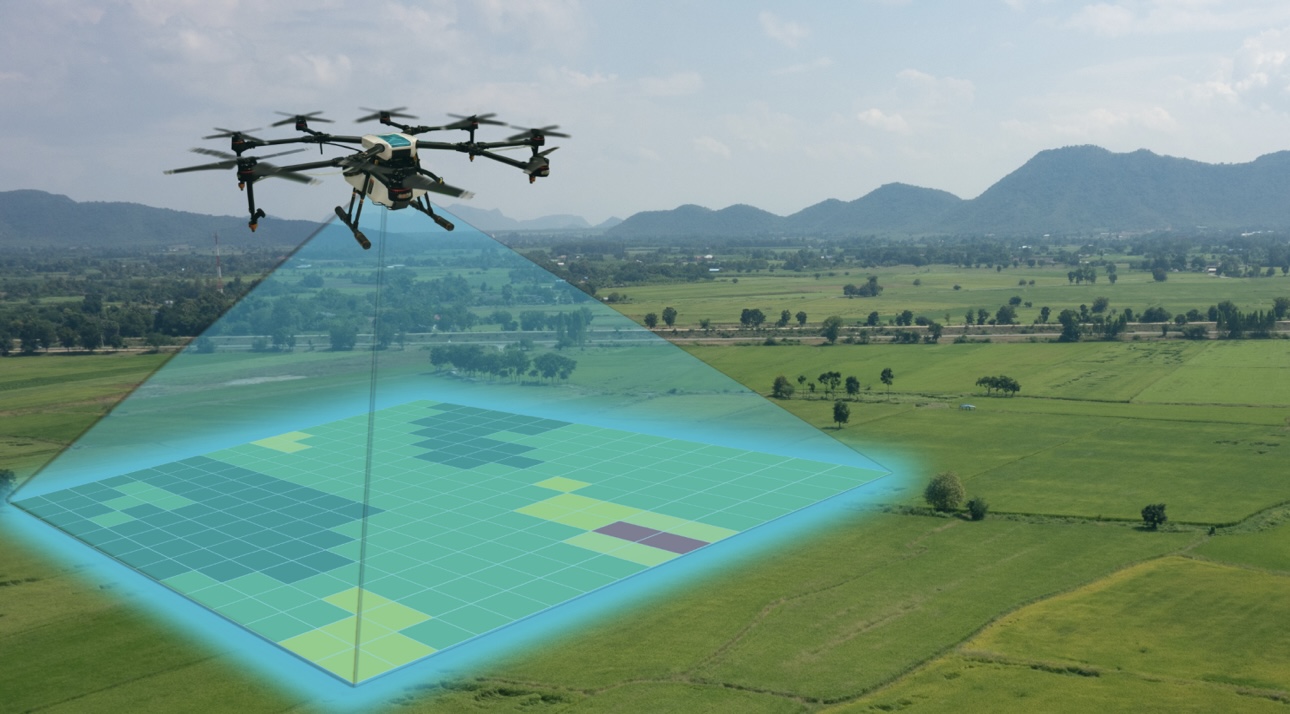
The use of swarm robotics allows for farming that uses resources wisely and is more precise. Large farms typically cover a lot of space, so managing and monitoring everything can be time-consuming and cost a lot. A number of swarm robots working together and without any commander can efficiently coverlarge fields. They can oversee crops, spot diseases or pests earlier, arrange planting in the best pattern, and collect the crops when they are ready. Such robots connect within the field and change their actions according to the soil, moisture level, and weather conditions, improving how water and other chemicals are applied. This careful and data-based way of farming helps farmers grow more crops, use less, and take care of the environment, making it much easier and better for precision farming.
5. Military Applications
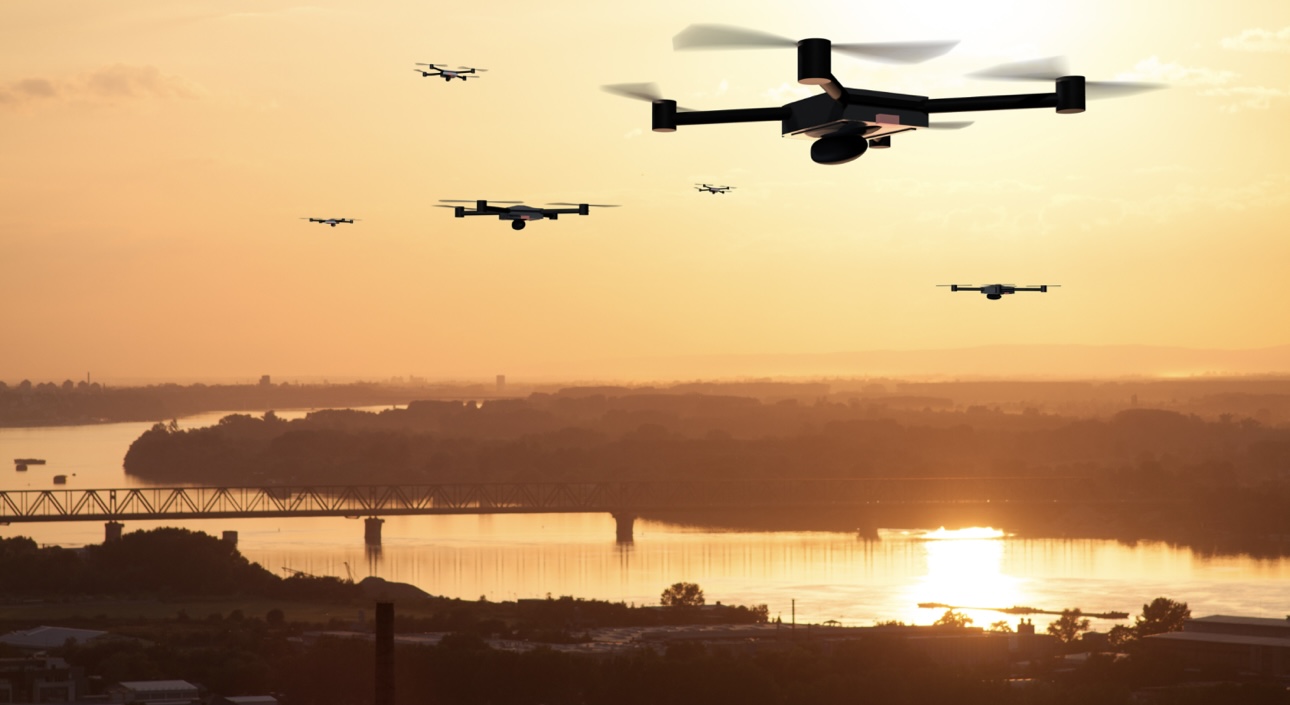
Swarm robotics is becoming more popular in the military because it could help with things like keeping an eye on the area, checking out places, and making battle easier. Both the United States and China are spending a lot of money to build drone teams controlled by computers, so big groups of these drones can work as a group on the battlefield.These swarms could do all sorts of things like checking out where the enemy is, working together in planned attacks, or just outnumbering any resistance they come across. Their ability to think for themselves helps them handle changes on the battlefield, so they can make choices all on their own without needing commands from a human. This technological race is changing the ways militaries plan their actions and bringing up big questions about what is right and about staying safe.
July 22-23, 2025
Hyatt Regency, Minneapolis, MN
6. Urban Infrastructure and Waste Management
With more people moving into cities, dealing with all that trash has become a really big problem for many places around the world. Swarm robotics comes up with new ideas by copying how insects collect food and use this behavior to help manage waste better. Robotic swarms can move around cities on their own, picking up trash by following small markers or signs, which help them find things without having to talk to each other directly. This decentralized approach makes the system stronger and more flexible, and helps us use smaller, local waste sites instead of depending on big central ones. Swarm robotics can make cities cleaner and more eco-friendly by helping to plan better trash pickup routes and quickly reacting to trash build-up as it happens.
Challenges in Swarm Robotics
1. Coordination and Control
A main challenge in swarm robotics is how to organize large groups of robots without using a centralized control. While traditional robotics rely on one controller for direction, swarm robots need to function independently and use local facts from their surroundings and robots next to them. Engineers find it challenging to develop algorithms so that every robot can work together without causing conflicts or repetition. For every robot to play its part toward exploration, searching, or construction, it is important to use improved communication and let each robot make small decisions as a group.
2. Communication Constraints
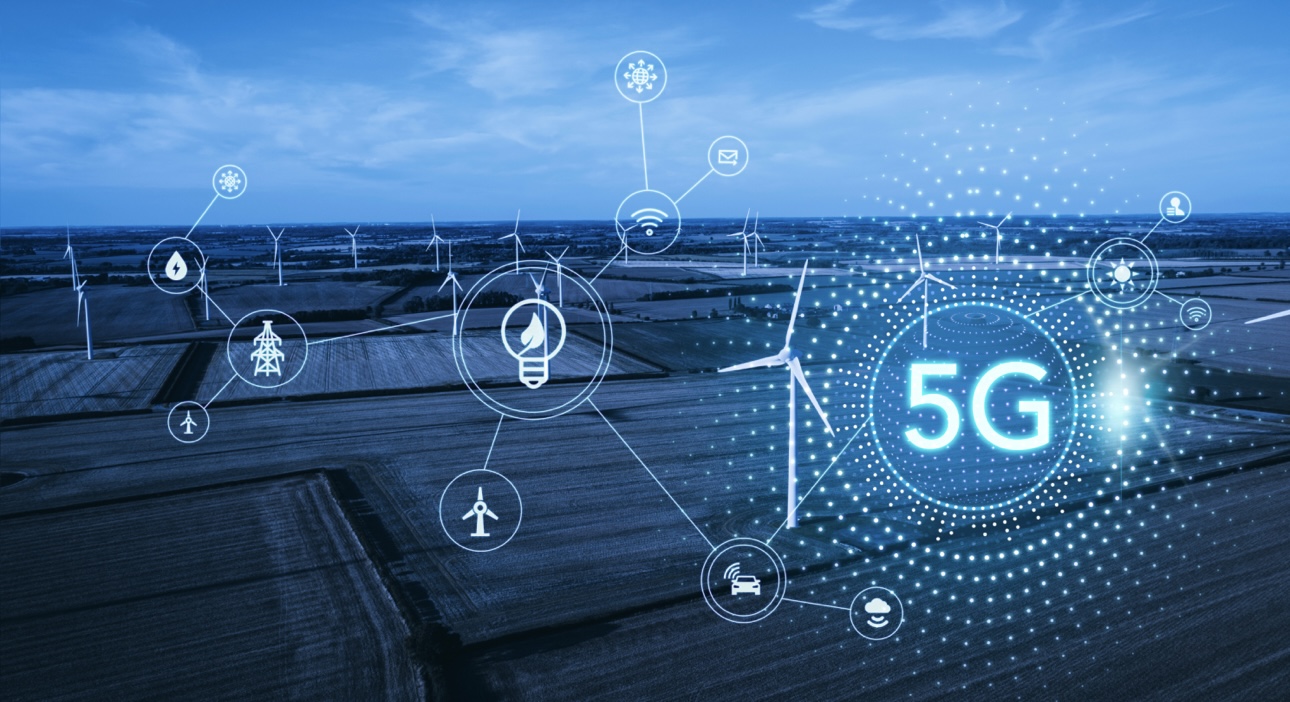
Every robot in a swarm needs to be able to communicate for the whole system to work, but it is tough to maintain reliable communication between robots in changing or rough places such as disaster sites or areas with many buildings. As there are more nodes in the swarm, controlling the messages flowing through the network becomes more complex and difficult.Short-distance wireless communications used by robots can easily break down because of things like barriers, outside interference, or limited availability of the channel. Finding communication methods that can work effectively and adjust to increases in the number of drones is still being studied.
3. Energy Efficiency
In swarm robotics, saving energy matters a lot since many tasks ask the robots to work for a long time and they may not have the option to recharge in those places. Despite being small and inexpensive, swarm robots need care when it comes to using their batteries. Studies are also being carried out to maximize the length and outcome of missions by ensuring that robots are used efficiently within the swarm. If battery usage is reduced and how electricity is used by drones is planned ahead, swarms can last longer and work better.
4. Security and Privacy

Since swarm robotics systems are being adopted in important areas like security, building management, and hospitals, safeguarding them is extremely important. As these systems manage personal or confidential data, any attack or unauthorized action can cause serious trouble. It is challenging to defend swarm networks from various cyberattacks, data leaks, and any attempts to control their behavior. It is important to use solid encryption, secure ways to communicate, and constant threat detection to protect autonomous systems. Furthermore, swarms must be developed in a way that protects their privacy when acquiring and sending information about people or natural surroundings.
5. Ethical and Legal Considerations
Public safety and other areas that use swarm robotics are facing several ethical and legal dilemmas. If autonomous robots behave in an unintended way and cause issues, it may be hard to identify who is accountable. Additionally, people worry that swarm technology could be used for spying on large groups of people or launching attacks, which makes them—and others—worry more about how this technology affects things like personal freedom and making sure countries follow the law. Resolving these issues calls for public policies, international rules, and ethical systems to help ensure that AI development and use is responsible.
Future OutlookIn 2025, the swarm robotics market is set to grow from $1.11 billion to $1.46 billion, with a CAGR of 31.6%. It is mainly caused by more use of automation, higher research and development investments, and greater defense use of technology.
Conclusion
Swarm robotics is set to boost several industries by being scalable, flexible, and efficient. Enhancing coordination, communications, security, and ethics will greatly help secure and improve the deployment process. By improving and shaping the rules for swarm robotics, innovative approaches could help all of us face tough challenges and live better.



.png)


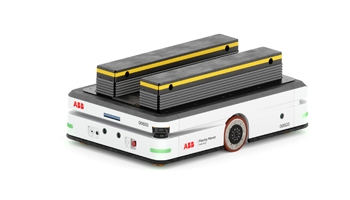
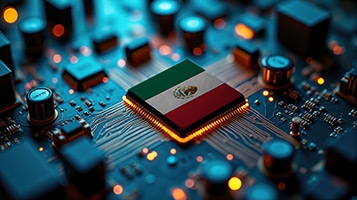
Leave a Reply